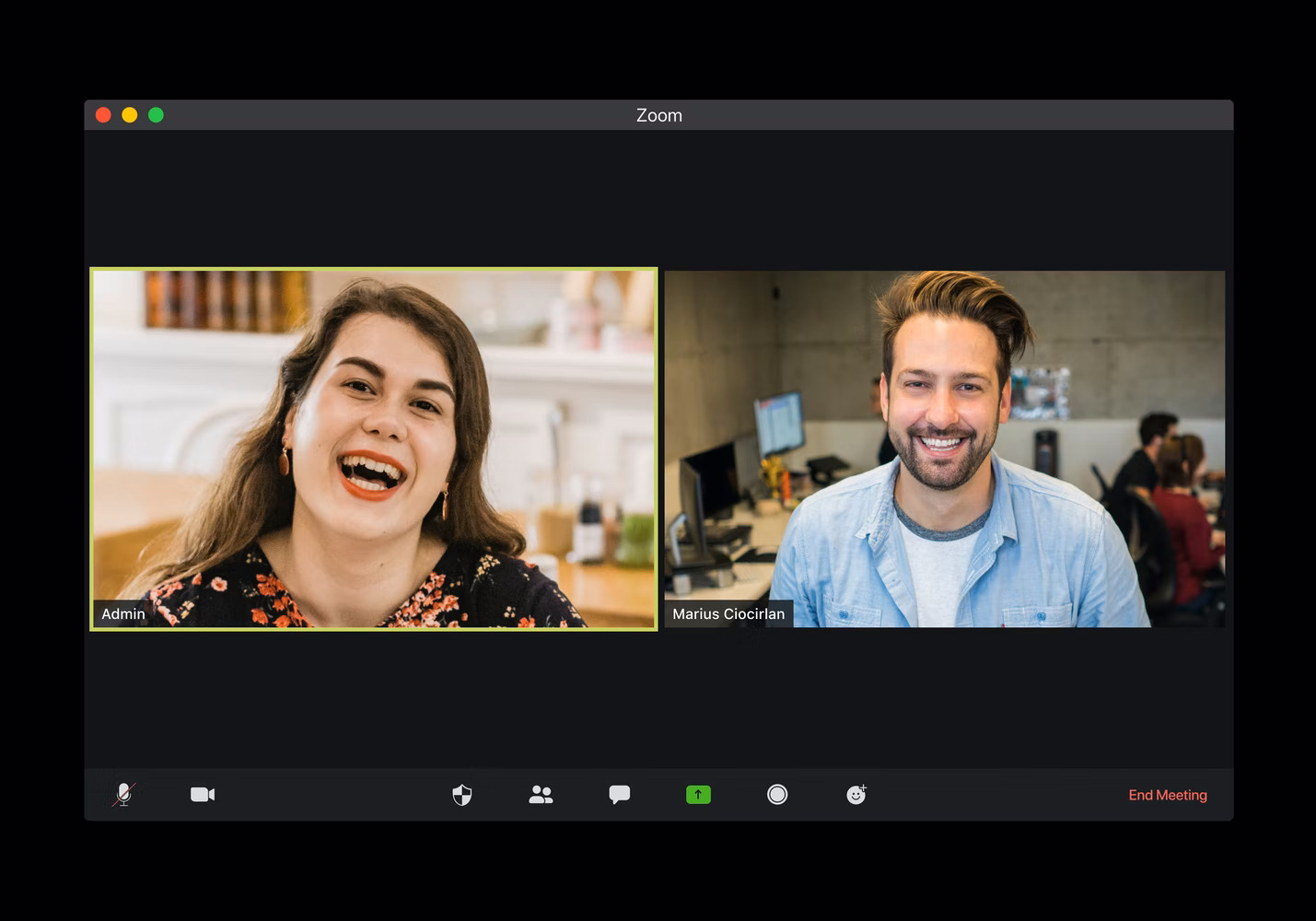Making the most out of retirement requires careful planning, investment, and saving during your working career. Depending solely on basic government pension programs, such as the National Pension in Japan, can lead to a less than ideal retirement. Fortunately, Japan has several tax-privileged investment accounts that can help grow wealth more efficiently and help you make the most out of your retirement. Two important tax-privileged investment accounts in Japan are NISA and iDeCo accounts.

NISA Accounts
NISA, which stands for Nippon individual Savings Account, is a tax-privileged investment account. The Japanese government introduced NISA in 2014. Japan created NISA to encourage people to save and invest. Anyone over 20 years of age can use NISA.
The Japanese government designed NISA to be only a temporary program. Consequently, Japan expects NISA to expire in 2025. Passing after ten years may seem unusual for a program designed to encourage investment for the future. However, the Japanese government only intended for NISA to be a short-term program, with only five years of tax privileges.
NISA Account Tax Privileges and Tax-Free Benefits
Many investors have experienced the frustration that capital gains taxes and income tax can cause. The government forcing you to sacrifice large portions of your investment gains can be a massive detriment to reaching your financial goals. In some cases, taxes discourage investment altogether.
NISA accounts allows investors to escape those dreaded capital gains and dividends taxes. With NISA, when investments pay you a dividend, you can reinvest the entire dividend without paying the government a portion of the prize.
Further, any investment gains made in the account will not be subject to Capital Gains Tax (CGT). Not paying capital gains taxes will save you 20-30 percent of your profits.
After the 5-year NISA period, you can withdraw the value of your account without paying any capital gains taxes. Once your NISA period is over, you have the option to reinvest your capital into NISA again, effectively restarting the five years.
NISA Investments
The types of investments you can make in a NISA account are primarily in stocks and investment trusts. Investment options will be like what most commission-free stock brokerages currently offer.
A key feature of NISA is that you are responsible for controlling your investments. No account manager is deciding where your money goes and making investment decisions for you.

In the case of most government pension accounts that automatically invest a portion of your salary, somebody else controls where your money is going. With the National Pension system, you have no control or information about where your money is going.
For experienced investors looking for autonomy in a tax-privileged investment account, NISA is a good option.
How NISA works
If you are over 20 years of age and a resident of Japan, you are eligible to open a NISA. Suppose you are a foreign person living in Japan. In that case, as long as you have legal residence status, you are eligible to open a NISA.
You can contribute up to 1.2 million yen per year to a NISA. While 1.2 million yen is the upper limit for how much an individual can contribute to a NISA, you can choose the amount you invest each year. Having the ability to pick how much you invest into your NISA makes it a good option for people of varying financial positions.
After five years, your NISA account is no longer tax-privileged. Accordingly, after five years, the government will fully tax any further capital gains and dividend income. Furthermore, after five years, you must begin withdrawing at least 20 percent of your account value each year. These withdrawals will not be subject to capital gains taxes, however.
Where to Open a NISA Account
To start investing with a NISA, you will have to find a qualified bank that offers NISA. Both retail banks and investment banks (securities firms) provide NISA acounts. However, investment banks and ordinary banks differ in their available investments. In most cases, investment banks offer a greater variety of investment options.
Foreign people living in Japan may benefit from speaking with a financial adviser before investing with NISA. An experienced financial adviser will be able to help you find the best NISA options for foreign people living in Japan.
Tsumitate NISA
If the 5-year tax-privileged period offered by NISA seems too short, there is another option. Tsutimate NISA is a tax-privileged Japanese investment account that provides investors a 20-year time horizon.
However, Tsutimate NISA has a lower annual contribution limit than NISA. With Tsumitate NISA, investors can only contribute a maximum of 400,000 yen per year, compared to 1.2 million yen per year with regular NISA.
You can set up Tsumitate NISA accounts at the same banks that offer standard NISA accounts.
iDeCo
If the short-term outlook of standard NISA, and the constrained 20-year time horizon of Tsumitate NISA do not match your needs, there are other options. IDeCo, standing for individual defined contribution pension, is another tax-privileged investment account. IDeCo and NISA are similar in that they both give investors tax privileges, intending to incentivize savings and investments. However, there are some critical distinctions between iDeCo and NISA.

The most notable distinction between iDeCo and NISA is the time horizon. IDeCo has a long-term time horizon, while NISA only has 5-year or 20-year time horizons. With iDeCo, regardless of when you start your account, it matures when you reach 60 years of age.
People aged 20 years and above can open iDeCo accounts. The earlier you open your account, the longer you will receive tax benefits.
For example, if you begin an iDeCo account when you are 30 years old, you can receive tax benefits for 30 years. In this long-term sense, you can see iDeCo as a more traditional retirement pension account.
Countries around the world, including Japan, are struggling to make ends meet for the retired population. The elderly population is placing more strain on the National Pension System as life expectancies increase and the number of people demanding retirement benefits grows. The Japanese government introduced iDeCo to incentivize people to be more self-sufficient when paying for retirement.
IDeCo Tax Benefits
Contributions Are Income Tax-Deductible
IDeCo provides investors with several different tax benefits. The first and most significant benefit iDeCo offers is income tax-deductibility of contributions. Income tax deductibility means that your income is not liable for income tax if invested into an iDeCo account. This is a tax benefit not available in a NISA account.
The average Japanese household can expect to pay a 20 to 30 percent income tax rate. Thus, although the savings may be small due to low contribution limits, funding an iDeCo account can add up to considerable tax savings over the long term.
Without contribution limits, people would be able to use iDeCo to escape most taxes on their investments. The Japanese government wants to incentivize investment, but they do not want to create a tax deficit by allowing people to abuse iDeCo. Nonetheless, you can save a substantial amount of your hard-earned income by investing with an iDeCo account.
For example, suppose you earn 10,000 Yen from your job. With a standard non-privileged investment account, you would have to pay income tax on that 10,000 yen before investing it. If your income tax rate is 20 percent, you will have only 8,000 Yen to invest. However, with an iDeCo account, if you invest the 10,000 yen you earned from your job, you don’t pay any income tax on it.
In this case, iDeCo just saved you 2,000 yen.

Tax-Free Dividend Reinvestment
IDeCo offers tax-free reinvestment. Tax-free reinvestment means that you can reinvest the money without being liable for income taxation when you receive dividends. Tax-free reinvestment of dividends significantly increases the rate of compounding in your accounts.
Compound interest, especially over a long period, is an investor’s best friend. Increasing the amount of money that goes back into your account allows for more compounding and will significantly increase your wealth.
Tax Benefits When Receiving Your IDeCo Money
When you eventually reach 60 years of age, you get to cash out your iDeCo account. There are several options for how you can receive your iDeCo pension. Depending on how you choose to receive your money, you can receive other tax privileges. You can receive your iDeCo cash as a lump sum payment, as annuities, or as a combination of both.
How you receive your iDeCo payout can vary across different financial institutions. As a rule of thumb, lump-sum payments or annuity payments are the standard way to receive your money. Many, but not all, financial institutions give you the option to receive your benefits as a combination of annuities and lump-sum payments.
Keep in mind that you cannot access your iDeCo money until you are 60 years of age. If you decide you want to access your funds before you are 60 and willing to sacrifice tax privileges, you will not be able to. Your money being inaccessible until you are 60 is something significant to keep in mind.
There are varying tax laws regarding pension tax deductions and retirement income tax deductions. Because of the variability of tax laws, it is crucial to speak with a financial adviser before deciding how you receive your iDeCo benefits.
IDeCo Investor Categories and Monthly Contributions Limits
While iDeCo offers a much longer time horizon for investment than NISA accounts, contribution limits are more diminutive. A smaller monthly contribution limit for a long-term, retirement-oriented account makes sense. The program intends to incentivize people to take responsibility for their retirement. Not become obscenely wealthy through tax privileges.
iDeCo Monthly Contribution Limits
There are three categories for people who are qualified to invest with iDeCo. Each type of investor has a different monthly contribution amount limit. The investor category with the highest monthly investment limit can contribute 68,000 Yen per month, equating to 816,000 Yen per year.

The three different iDeCo categories for investors are the following:
Each of the three categories listed above has different contribution limits. Category 1 investors, as described earlier, have the highest monthly contribution limit, which is 68,000 Yen per month.
Depending on your occupation and whether your employer offers pension plans, the monthly amount you can invest into IDeCo as a category two investor differs. When you open an iDeCo account, you will discover what your specific monthly investment limit is. For category two investors, the monthly limit can be anywhere between 12,000 and 23,000 yen.
For category three investors, there is a single monthly investment limit of 23,000 yen per month.
Contributions Limits are Measured Annually
While iDeCo specifies their maximum contributions as monthly amounts, they measure them annually. Measuring maximum contributions as an annual amount can be beneficial. It gives people more freedom to choose when to contribute to their iDeCo accounts.
For example, suppose your company pays you quarterly. In this case, investing in your iDeCo account quarterly rather than monthly may be beneficial for you. Having maximum contributions measured annually rather than monthly gives you the freedom to invest when it is most convenient for you.
In addition to monthly maximums that you can contribute to an iDeCo account, there are also monthly minimums. You are allowed to change your contribution amount once per year, with a monthly minimum of 5,000 yen. This 5,000 yen minimum applies to category one, category two, and category three investors. However, you can stop contributions at any time.
The differences in time horizons and contribution limits of iDeCo and NISA indicate how important a financial plan is. Having a financial plan allows you to measure each account’s pros and cons and decide which one best suits your unique needs.
Problems with Japanese Tax Privileged Accounts for Foreign People
While iDeCo and NISA offer investors many benefits, they can also create problems, especially for foreign people living in Japan.

Language Barriers
For foreign people living in Japan, the biggest issue with NISA and IDECO is likely the language barrier. Setting up and maintaining an investment account entirely in Japanese is nearly impossible if you do not speak the language. Many foreign people living in Japan set up and maintain international investment accounts for this reason.
NISA accounts have a short-term time horizon
NISA’s most significant limitation is the relatively short time horizon. After the five years of NISA tax privileges, the government taxes your investments fully. Full taxation means future dividends and capital gains will be subject to income tax and capital gains taxes. Consequently, NISA may not be the best option for you if your financial goals are further ahead than five years.
Moreover, Japan only introduced NISA to be a temporary tax-privileged account. The Japanese government set up NISA to expire in 2025. NISA’s short-term nature and imminent expiration are a poor option for somebody with long-term financial goals.
Japanese Tax Privileged Accounts Can Cause International Tax Problems
Suppose you are a foreign person living in Japan. In that case, it is imperative to keep in mind that your home country may treat Japanese tax-privileged accounts as simple, fully taxable accounts. Not understanding how your home country treats your Japanese accounts can lead to many problems, including legal issues, insufficient funds for retirement, and more. US taxpayers, in particular, may find that both NISA and iDeCo accounts can run afoul of IRS restrictions or penalties.
Because of international tax dynamics, and everybody’s unique situation, it is highly advisable to speak with a financial advisor before making any long-term investment decisions.
Constrained Contribution Limits
The Japanese government designed NISA and iDeCo to get people to take responsibility for their retirement savings. Without monthly contribution limits, people would use the accounts to avoid paying taxes. While taxes can feel like a nuisance, they are essential for a well-functioning society.
Contribution limits force many people to open multiple investment accounts. Understanding which investments should go in which account is vital for investors looking to maximize their gains.

For example, consider the following investments: Coca-Cola (KO) and Amazon (AMZN). Amazon has never paid a dividend and likely never will. On the other hand, Coca-Cola has produced a sizeable quarterly dividend (currently 2.93% annually) since 1964.
In this case, you should have your Coca-Cola shares in an account that allows you to reinvest dividends without paying income tax on them. Since Amazon shares will theoretically appreciate without paying dividends, investors could put them in standard, non-tax privileged accounts.
This is just one example of how the contribution limits of iDeCO and NISA accounts are essential keep in mind. If you are an investor who would like to invest more than the contribution limits of NISA and iDeCo allow, speaking with a financial advisor can help assess other options.
You Cannot Withdraw iDeCo Funds Whenever You Please
NISA allows you to withdraw your money before the five year period is over. However, iDeCo is stricter than NISA. With iDeCO, you generally have no access to your funds until you are 60 years of age. This means that if you have a financial emergency and need the funds before you are 60, you will not have access to them. Thus, it is highly recommended that you plan your finances wisely and have a short-term account that is sufficient to cover all potential financial emergencies.












